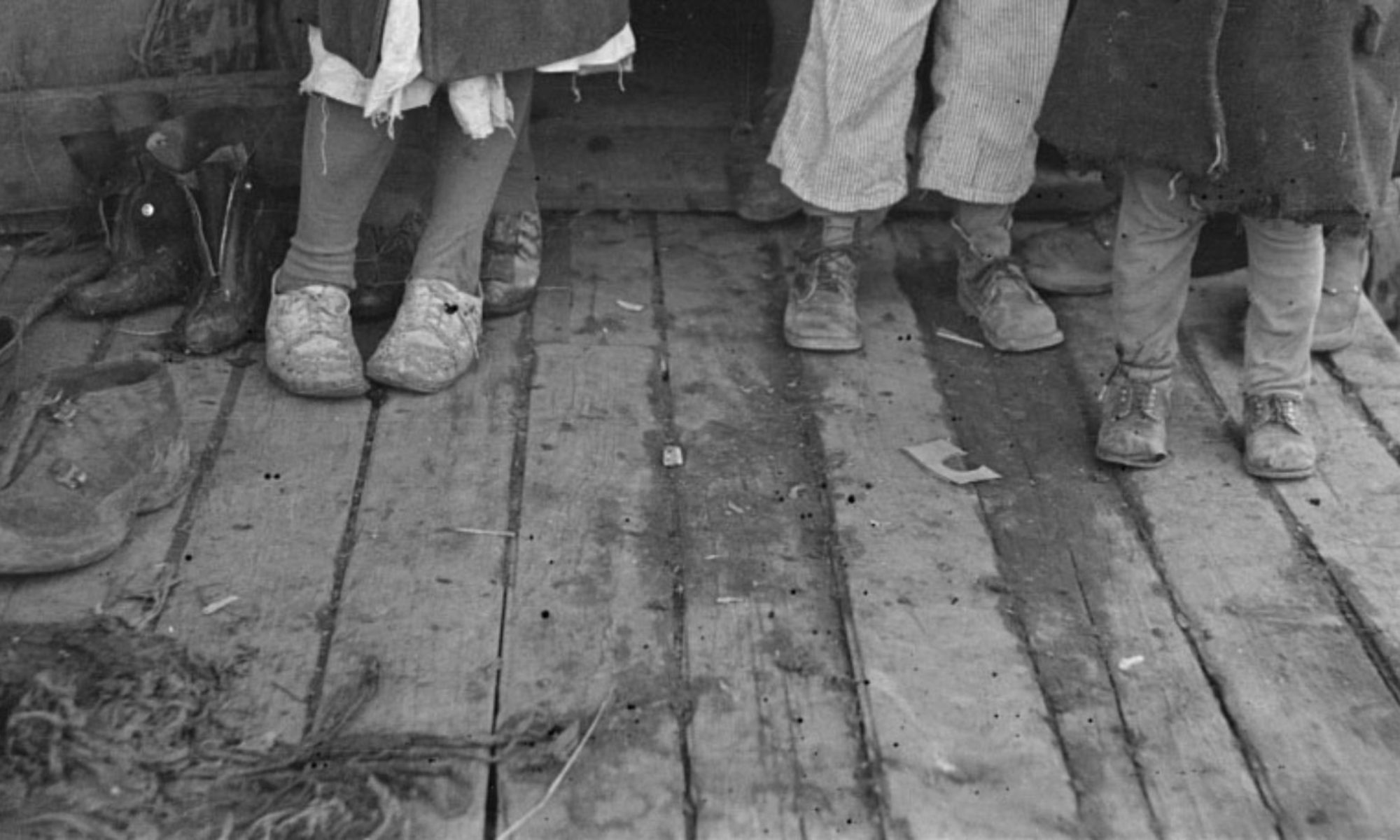Childhood, like most other identities used to classify humans, is a socially-constructed concept. Though there are empirical biological differences between “children” and “adults” – height, reproductive ability, brain development, etc. – the separation of the young and old into distinct categories did not begin until the sixteenth century (Holloway and Valentine 2000). Even as children and childhood began to be seen as a unique stage in the human life cycle, perspectives on how children should be treated and what their purpose – that is, if they even have one – should be has gone through significant changes from the European Enlightenment through to the modern era (Holloway and Valentine 2000), especially with regard to what roles children should be allowed to fulfil in society and what constitutes the “ideal” child (Holloway and Valentine 2000).
The late 1800s-early 1900s saw a rise in “scientific” parenting: rather than relying on family traditions or old wives’ tales, doctors and other professionals were viewed as experts on child rearing (Bates 1997). Mothers were expected to follow their advice to ensure that their child would grow up to be a properly formed and functioning adult (Bates 1997). Hygiene and clothes – particularly the more binding or restrictive articles like corsets and shoes – were a common subject of child-health manuals because of concern that if a child were to learn to walk incorrectly or have their bodies restrained by tight clothes, then the child would suffer from deformities (Paoletti 1987). Products were advertised to mothers with the concept of scientific parenting in mind (Jacobson 2004), using tactics to guilt parents into buying products in order to be perceived as “good” mothers (Cook 1995).
Shoes in particular have had a place at the intersection of children’s health and access to education, especially in rural areas. Schools in rural areas would frequently be far away from where children were actually living (Hoffschwelle 1998). If the district could not afford to provide transportation for their students, the children would have to walk to get there – often involving going through dense woods or crossing muddy streams (Hoffschwelle 1998). This created a health risk for children who couldn’t afford shoes, or had shoes of poor quality, putting them at risk for hookworm and other foot-related infections and injuries (Bleakley 2007). Hookworm is further discussed in Data and Analysis. These issues were exacerbated for people of color living in rural southern areas during Jim Crow – even when reforms were being introduced (Holley 2001). The implicit biases local governments had against people of color living in their communities were reflected in the fact that “colored” schools were given little or funding, leaving it up to the teachers at these schools to find solutions to education inequality (Holley 2001).
